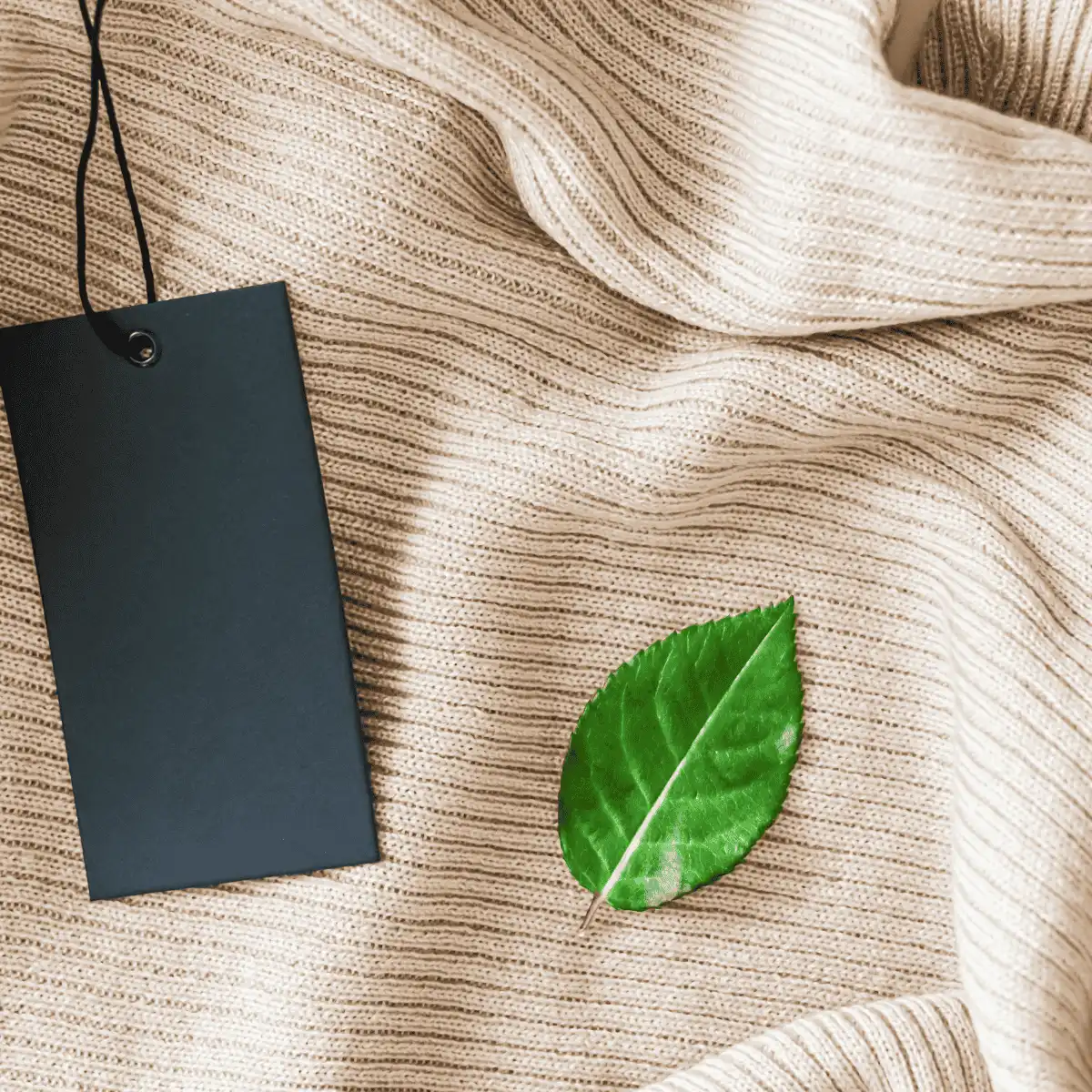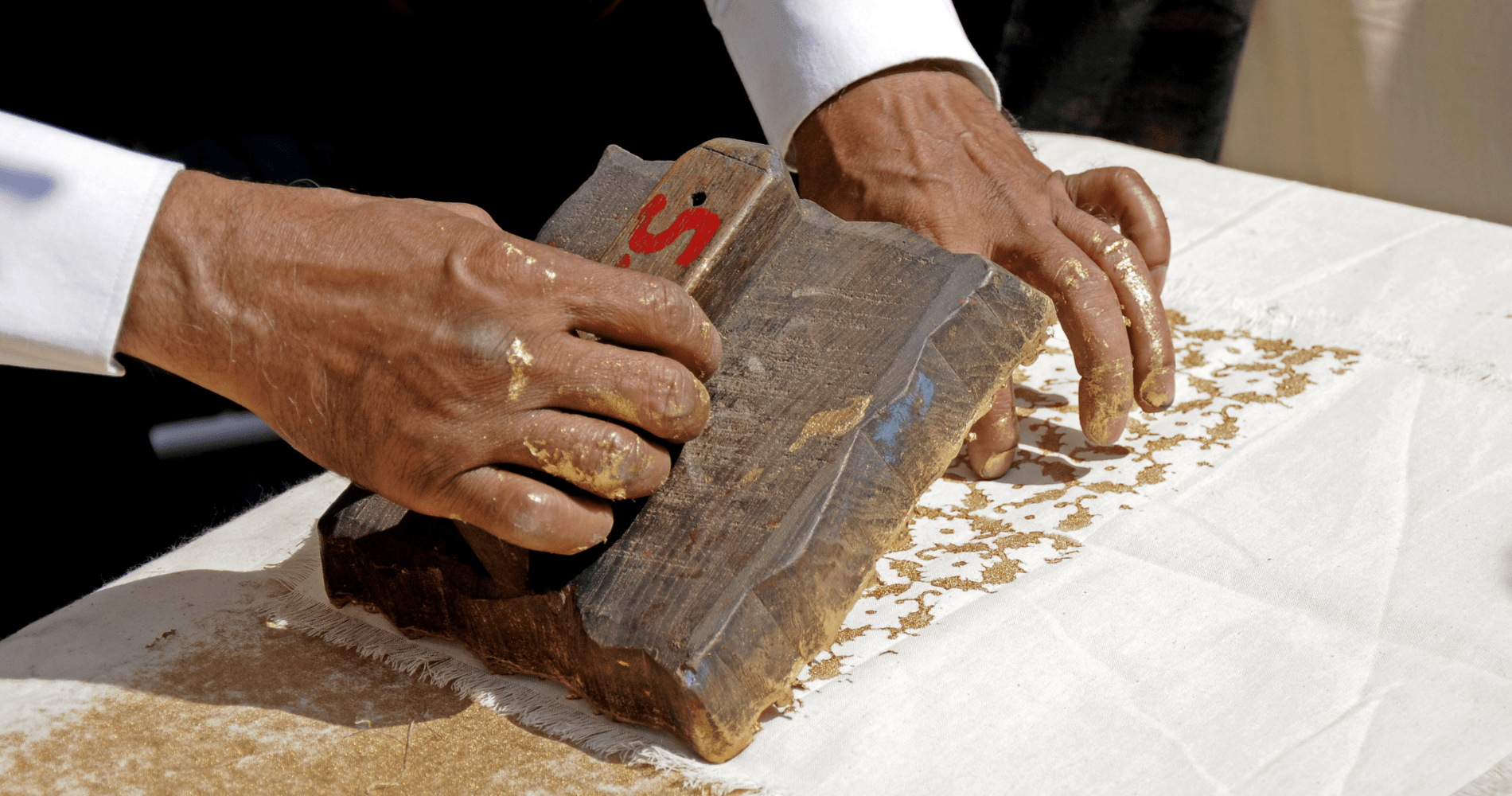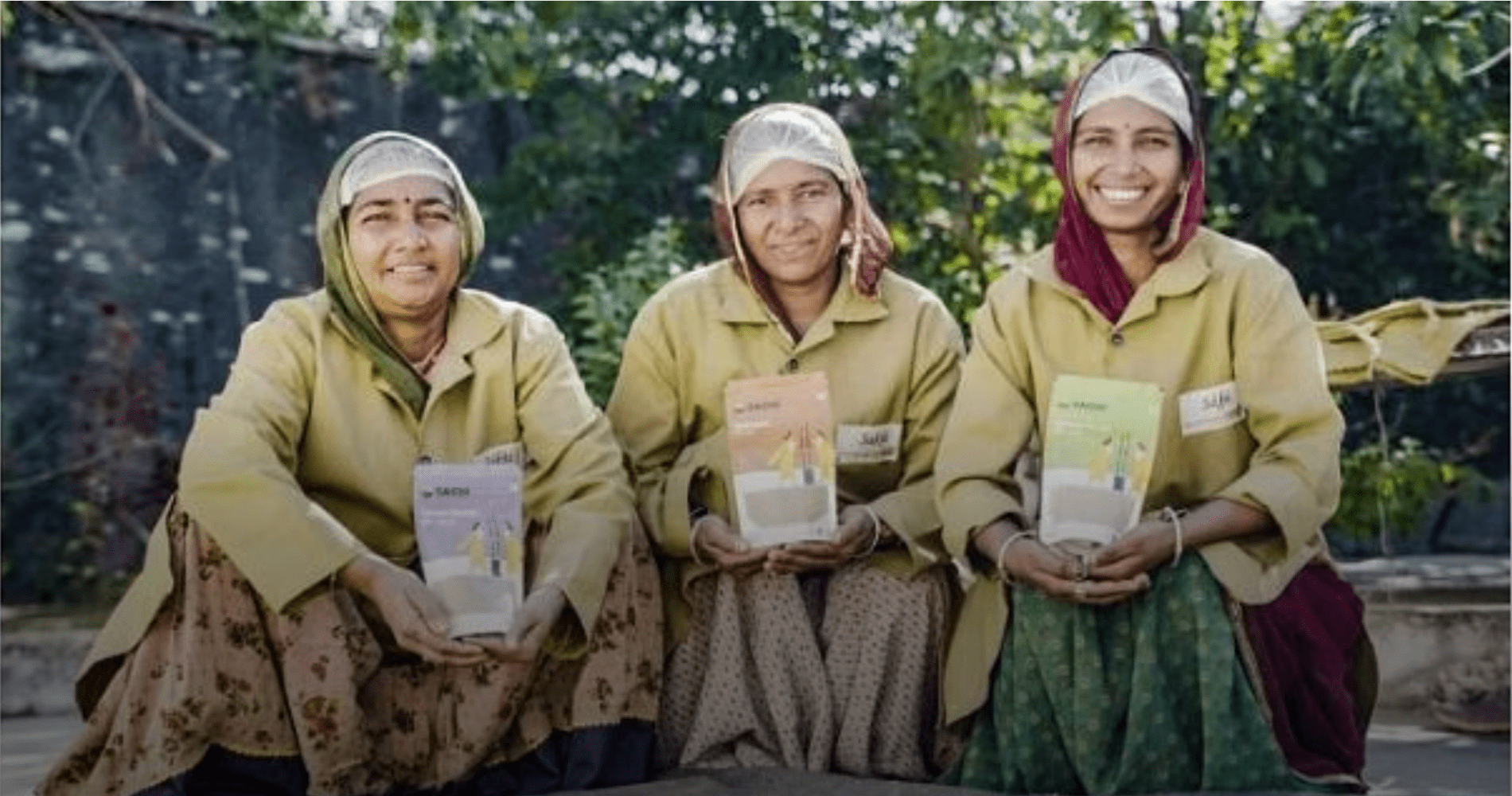We live in an era where we have a surplus of clothes that are cheap and trendy, but little do we realise that it is one of the largest contributors to waste and pollution. An estimated 92 million tons of textile waste is generated globally each year and on average, 85% of all textiles end up in landfills. Synthetic fibres can take up to 200 years to decompose, contributing significantly to land and harmful chemicals and microplastics into our oceans, all while exploiting underpaid workers.
So what's the solution? Slow fashion.
What Is Slow Fashion?
Slow fashion is about conscious consumption—fewer, better-quality pieces that are kind to the environment and the people who make them. It prioritises quality, sustainability, and ethics over quantity. Unlike fast fashion that is mass produced, slow fashion involves crafting clothes with care using natural, eco-friendly materials such as cotton, linen, and hemp. These garments are designed to last longer, use natural dyes, and are made in fair working conditions where artisans are paid fairly for their craft
Wearing slow fashion is more than just a trend; it’s a conscious decision to support ethical practices, reduce waste, and care for the planet. It’s a way to feel good, knowing that the clothes we wear were crafted with respect for both people and the environment.
Why is it the better choice?
Environmentally Friendly: Clothes made from natural materials are biodegradable and free from harmful chemicals. They don't release microplastics into the ocean when washed, unlike synthetic fabrics in fast fashion.
Ethical Production: Slow fashion ensures fair wages and dignified working conditions for artisans. It supports traditional craftsmanship and values human labour.
Durability: Slow fashion focuses on creating high-quality garments that last longer, reducing the need to constantly buy new clothes, which in turn lowers waste.
Healthier for Us: Natural fabrics and dyes are gentler on the skin, reducing the risk of irritation and allergies. Wearing these clothes feels better and is healthier for both the body and the environment.
Sustainable Practices: Slow fashion encourages recycling and upcycling. The waste from slow fashion is often repurposed, and the use of natural fibers ensures minimal environmental harm.
Lighter on Our Conscience and the Environment
By embracing slow fashion, we can break free from the cycle of waste and environmental harm caused by the fashion industry. Every time we choose to wear clothes made from natural materials, dyed with eco-friendly methods, and crafted by artisans working in fair conditions, we are supporting a movement that values sustainability, dignity, and responsibility.
Slow fashion may take longer to produce and cost more upfront, but its benefits to the environment, our health, and the lives of those who make our clothes are worth it. It’s a fashion statement that’s lighter on our conscience—and the planet. So next time you shop, remember: sustainable choices never go out of style.













